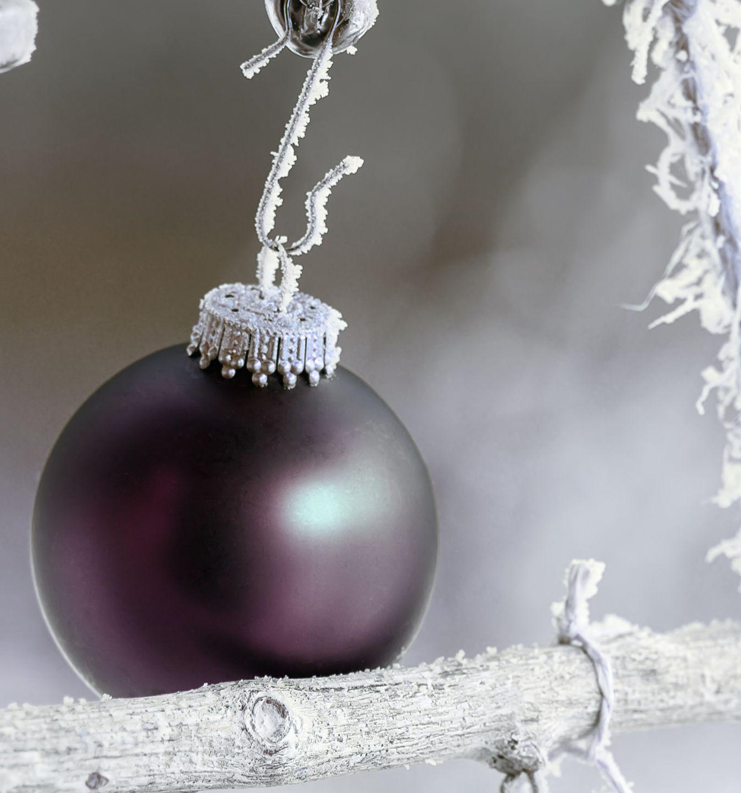As the last day of December approaches, people worldwide start to gear up for one of the most celebrated occasions – New Year’s Day. This day holds great significance, as it marks the beginning of a new year filled with endless possibilities. It is a day when we reflect on the past year, bid farewell to the old, and welcome the new with open arms. Let’s look at the timeless New Year’s Day tradition, packed with memories and joyful celebrations.
The History of New Year’s Day
The history of New Year’s Day can be traced back to ancient Babylon, where the festival of Akitu was celebrated to mark the beginning of the agricultural year. Celebrating the new year continued through ancient Roman and Greek civilizations. In 45 BCE, Julius Caesar implemented the Julian calendar, which marked 1st January as New Year’s Day.
Fun Fact: January was named after the Roman god Janus. Janus is a two-faced god, and it is believed that he represents looking back to the old year and forward to the new one.
New Year’s Day Celebrations Around the World
People around the world celebrate New Year’s Day in their unique ways. In Japan, the celebrations start on 31st December, when people clean their houses to welcome the deity of the new year. In Spain, people eat 12 grapes at midnight to bring good luck for the 12 months of the year. In Scotland, people participate in “first-footing,” where the first person to enter the house after midnight should bring gifts for the household.
Fun fact: In Colombia, burning effigies on New Year’s Eve is a tradition, representing the old year and its problems. This is known as “Año Viejo” or “Old Year.”
New Year’s Day Rituals and Traditions
New Year’s Day is full of rituals and traditions that add to the excitement of the celebrations. People often make new year’s resolutions, promising positive life changes. Some traditions include wearing something new, watching fireworks displays, and attending parties with friends and family.
Fun Fact: In Denmark, it is customary to smash dishes on the doorsteps of friends and family as a symbol of goodwill and friendship.
New Year’s Day Food Delights
Food is an essential part of New Year’s Day celebrations worldwide. In the southern United States, they prepare black-eyed peas, known as Hoppin’ John, and greens, symbolizing wealth and health. In Greece, they bake a coin into the traditional New Year’s Day bread called vasilopita. The person who finds the cash in their portion of bread is said to have good luck for the year.
Fun Fact: In Spain and Portugal, eating a dozen grapes at midnight is traditional, one for each stroke of the clock. If someone manages to eat all 12 grapes, they are said to have good luck for the entire year.
Conclusion
In conclusion, New Year’s Day begins a new year filled with endless opportunities and possibilities. This day is not just about celebrating but also reflection and gratitude for the year that has passed. Many traditions are associated with this day, and people celebrate it uniquely. So, let’s welcome the new year with open arms, celebrate with our loved ones, and make new memories that will last a lifetime. Happy New Year!
